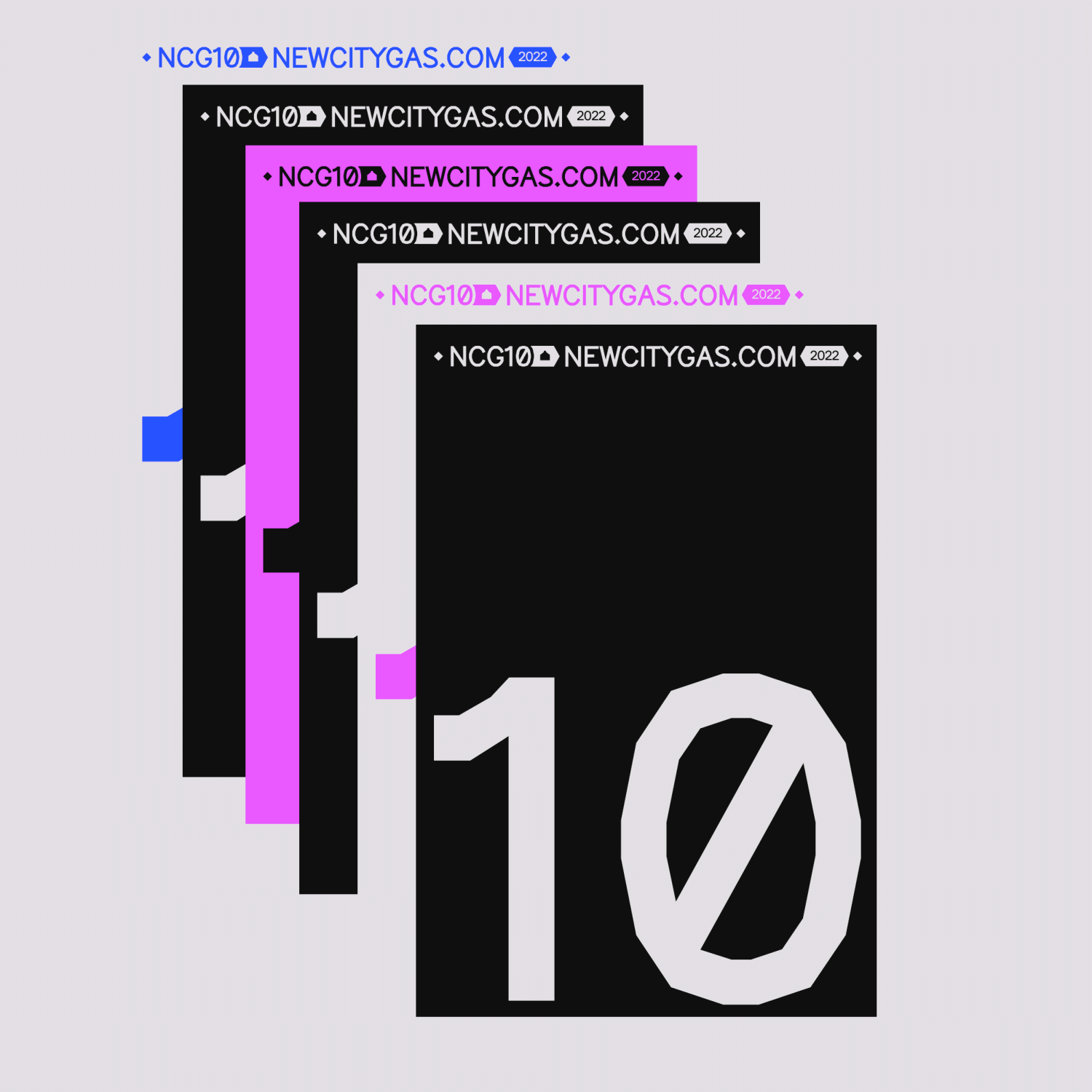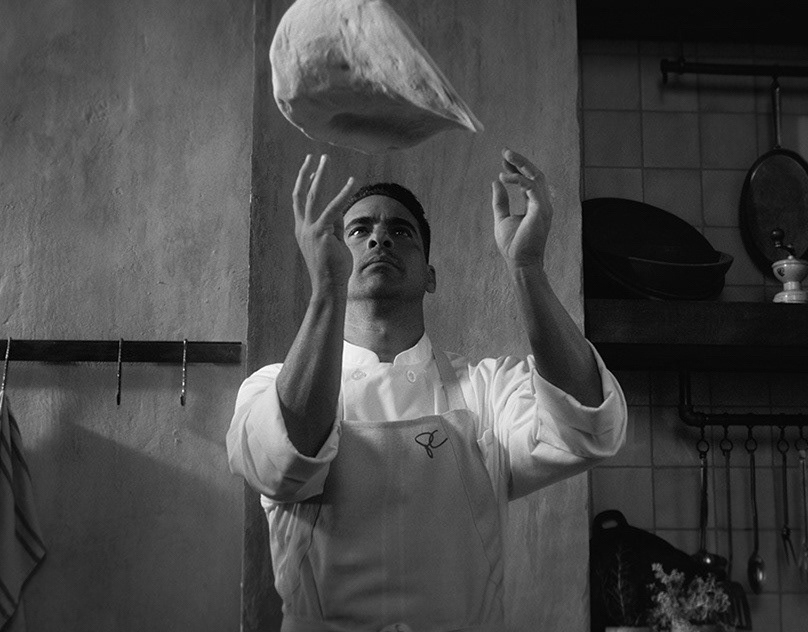Introduction –
Getting at least seven hours of sleep a day is something that most of us know but regardless of this, we would rather stay up for a night out in town or catch up on our favourite shows. The consequence is clear; we end up getting less sleep. In fact, Singapore is the third most sleep-deprived country when compared to 43 others.
Our project serves as a platform to address Sleep Deprivation as a serious issue in Singapore and allows our target audience to reflect on their sleep habits.
Target Audience –
Youths from age 16 to 24, who have a choice and power to control their own sleeping schedule.
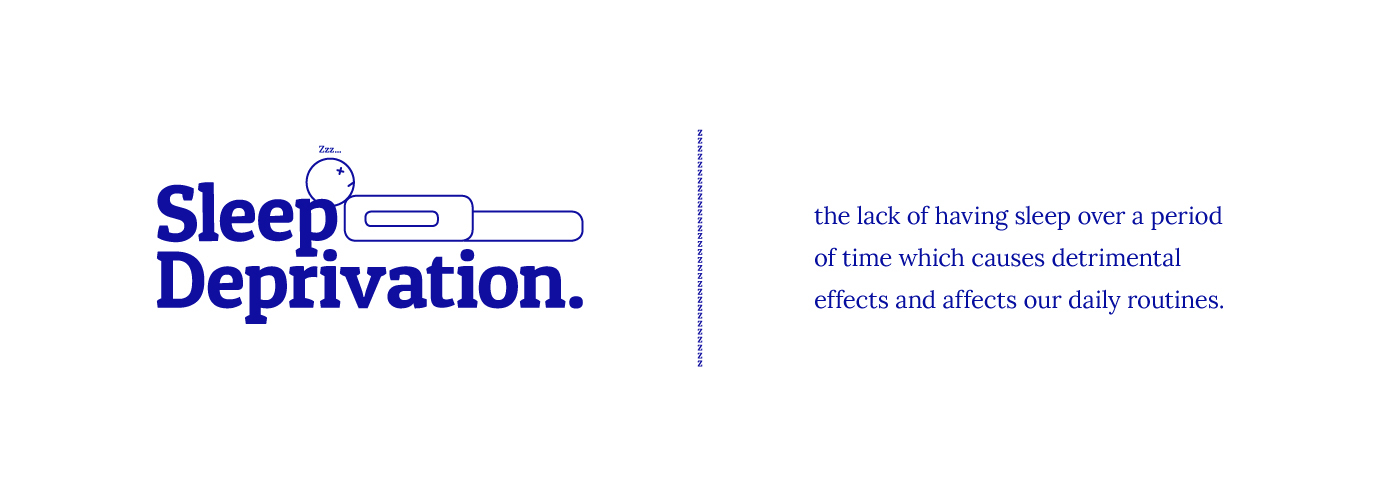
Problem –
Youths tend to trade sleep for play because they want to enjoy the night “living their lives” to compensate for having “no life” in the day. Even though most Singaporeans have different levels of understanding of the topic Sleep Deprivation, they are still ignorant about the issue and how detrimental it is to their lives.
Opportunity –
Our target audience’s current impression of enjoying life is to delay their sleeping schedule as they want to indulge in social media and the leisure activities that they do not have time for in the day because of work and school. Thus, we want to take this opportunity to convince them that only by maintaining good hours of sleep, then they can enjoy their life to the fullest.
Insight –
Due to Singapore being a city that never sleeps, Singaporeans tend to give in to temptations to enjoy the night “living their lives”.
The Client –
Reconnective Healing Singapore provides therapy sessions to help people with sleeping disorders, stress, depression, heart diseases and much more. Our experimental project aims to transform our target audience's mindset of enjoying life to the fullest only when they are not sleep deprived and ultimately help people achieve an optimal amount of sleep for a better health and wellbeing. This is aligned to Reconnective Healing Singapore’s purpose of helping people return to an optimal state of balance and eventually enjoying life to the fullest.

Objective –
To transform one's mindset of enjoying life to the fullest only when they are not sleep-deprived, through maintaining good hours of sleep.
The message we want to communicate through our project is, “If you don’t sleep enough, you’ll sleep forever.”
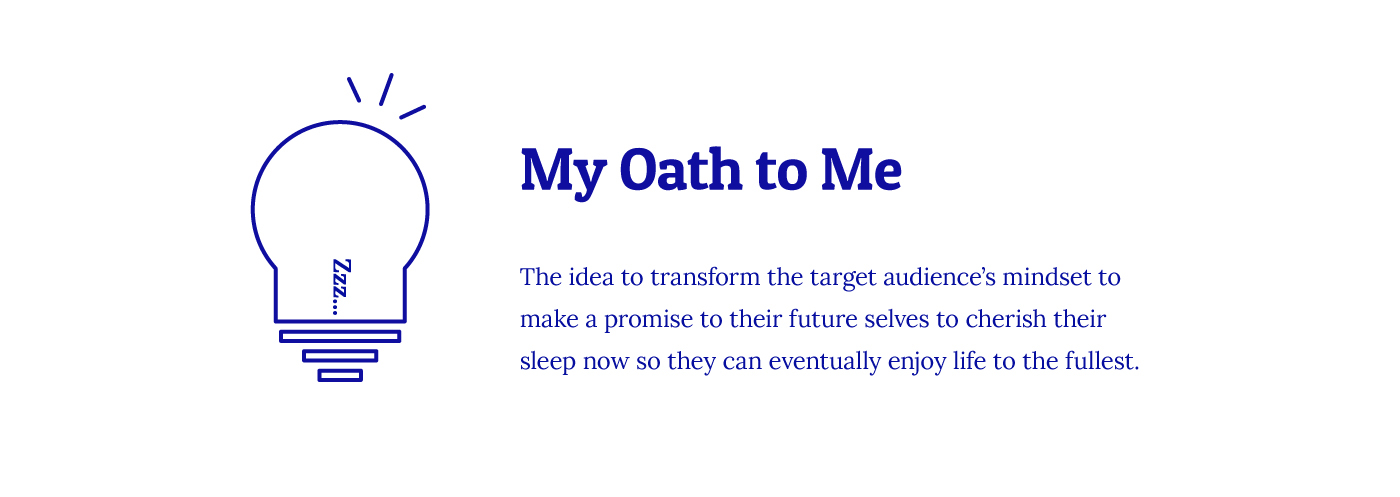
Idea –
Every human being has a lifespan, just like how everyone has a fixed number of heartbeats. If you rest now, you can save the number of heartbeats for your future. My Oath to Me drives you to promise yourself to sleep enough to ensure you will be able to live life to the fullest as you grow.
Sketches, Visuals, Ideation –
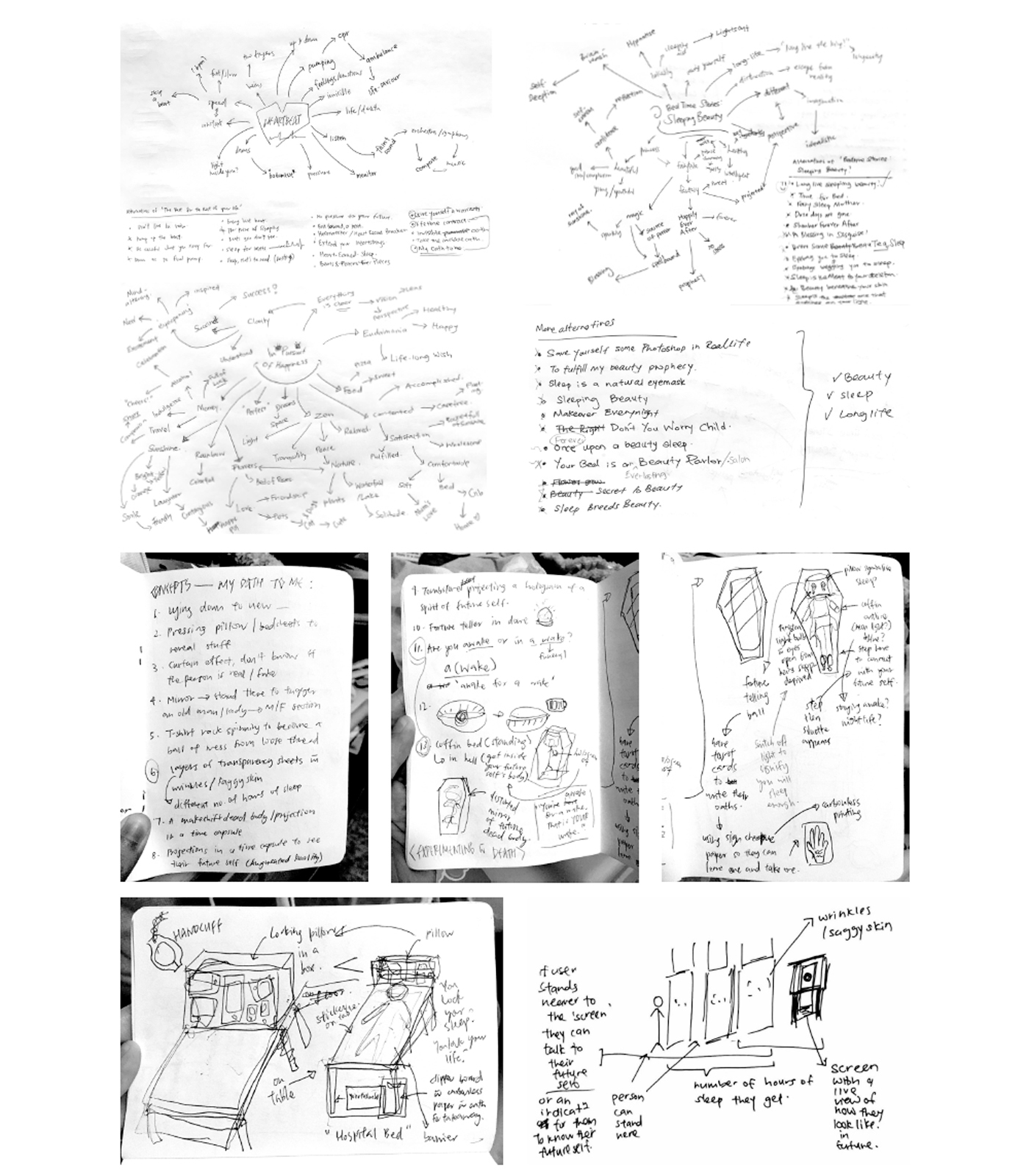
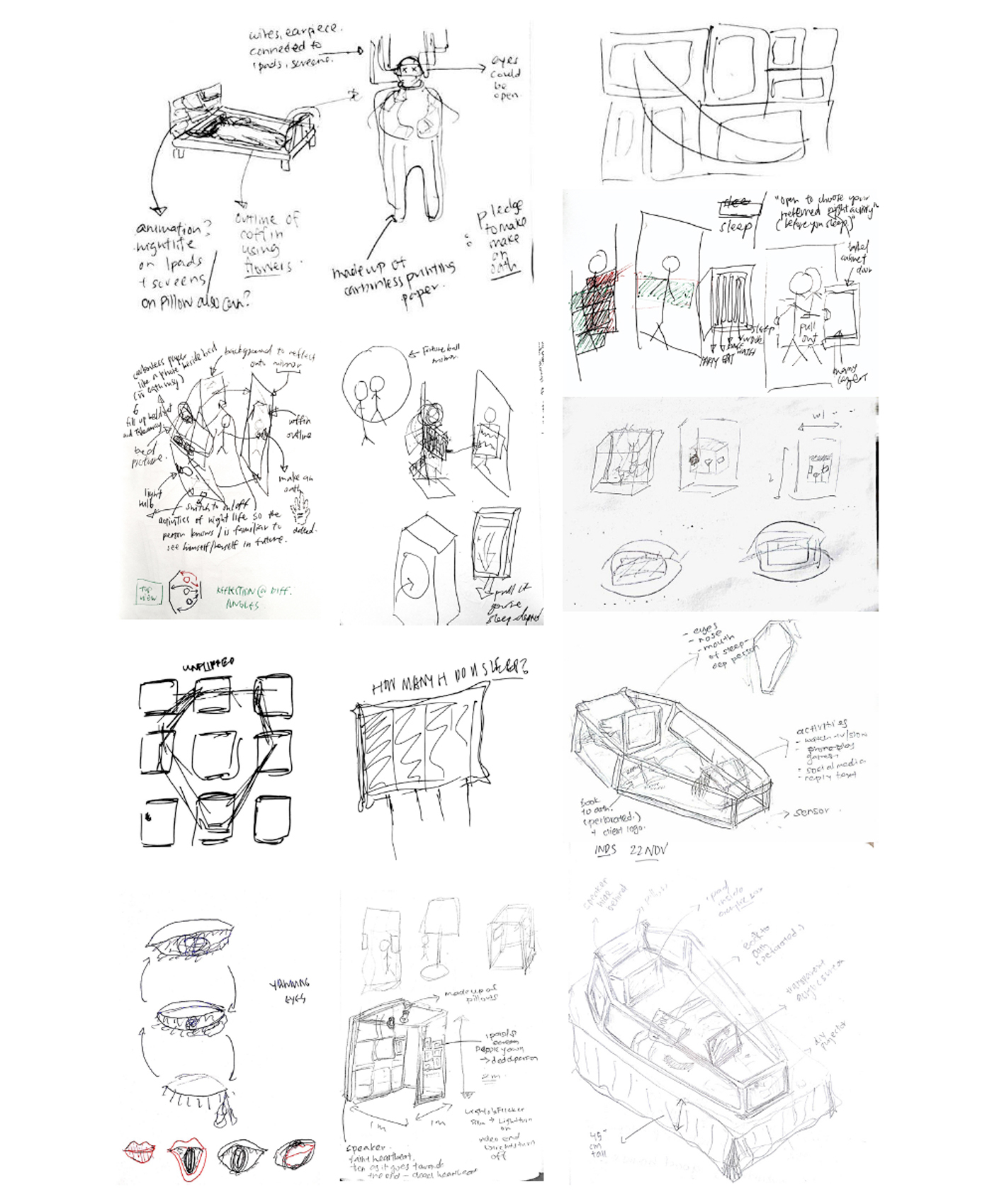
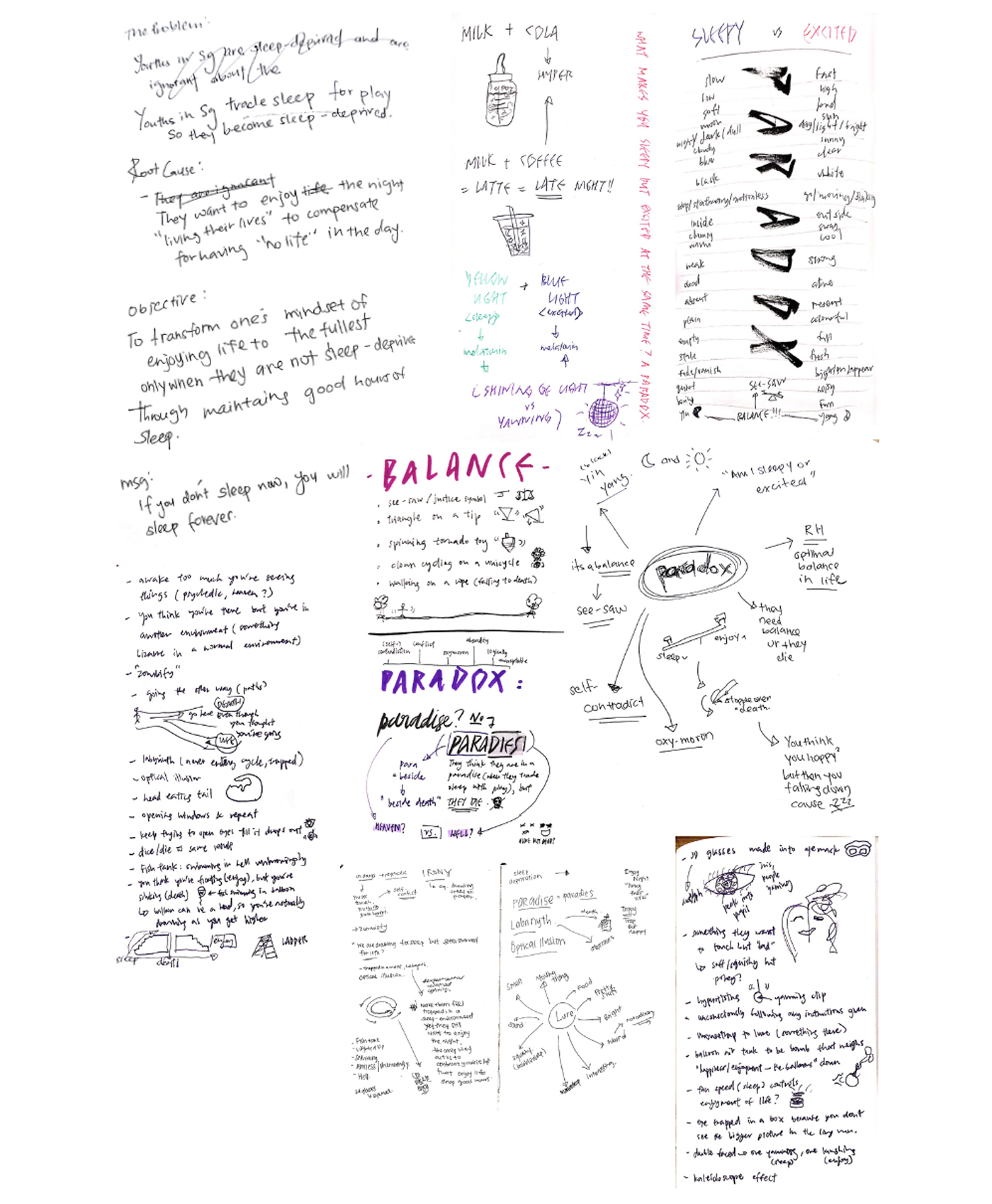
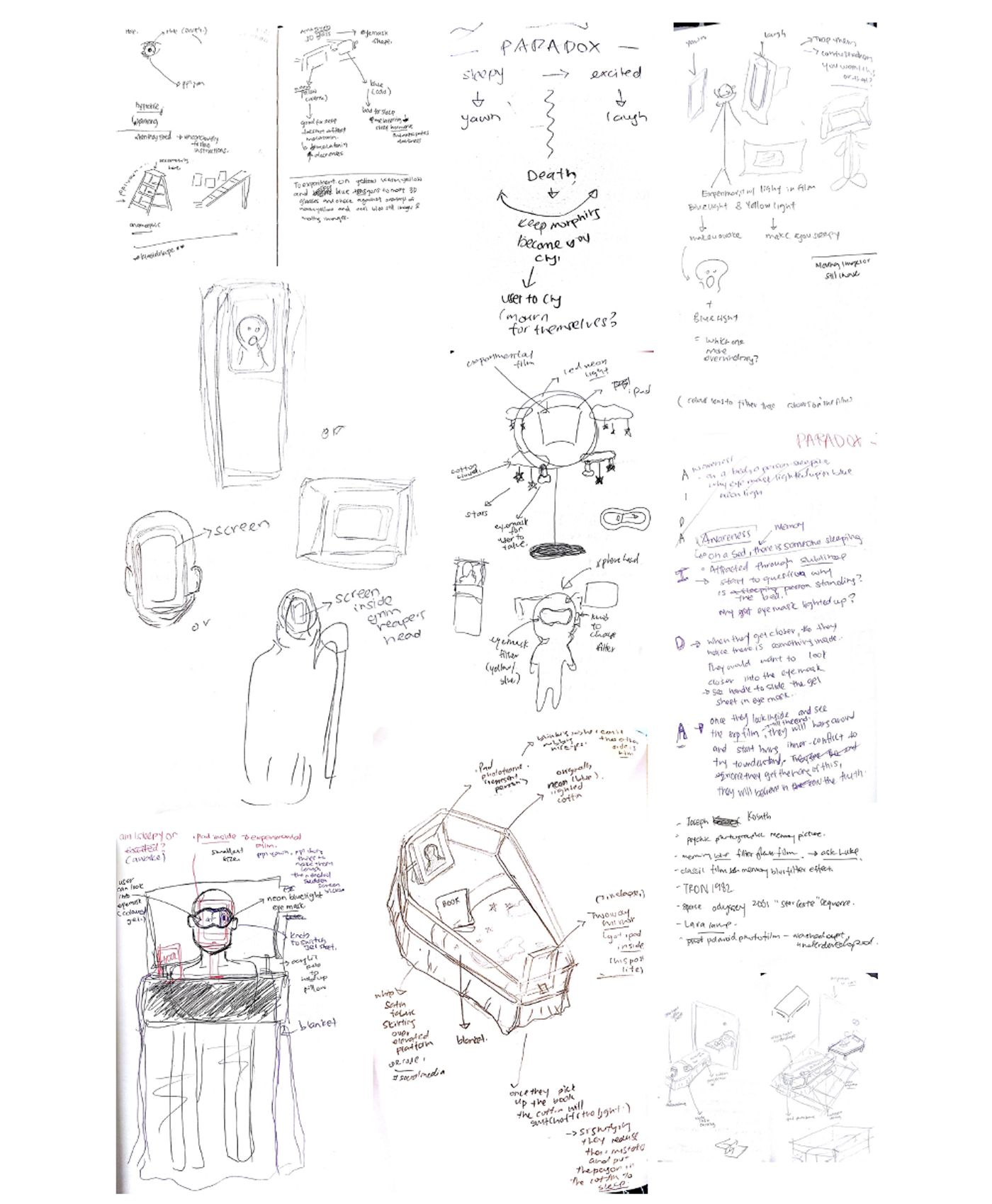
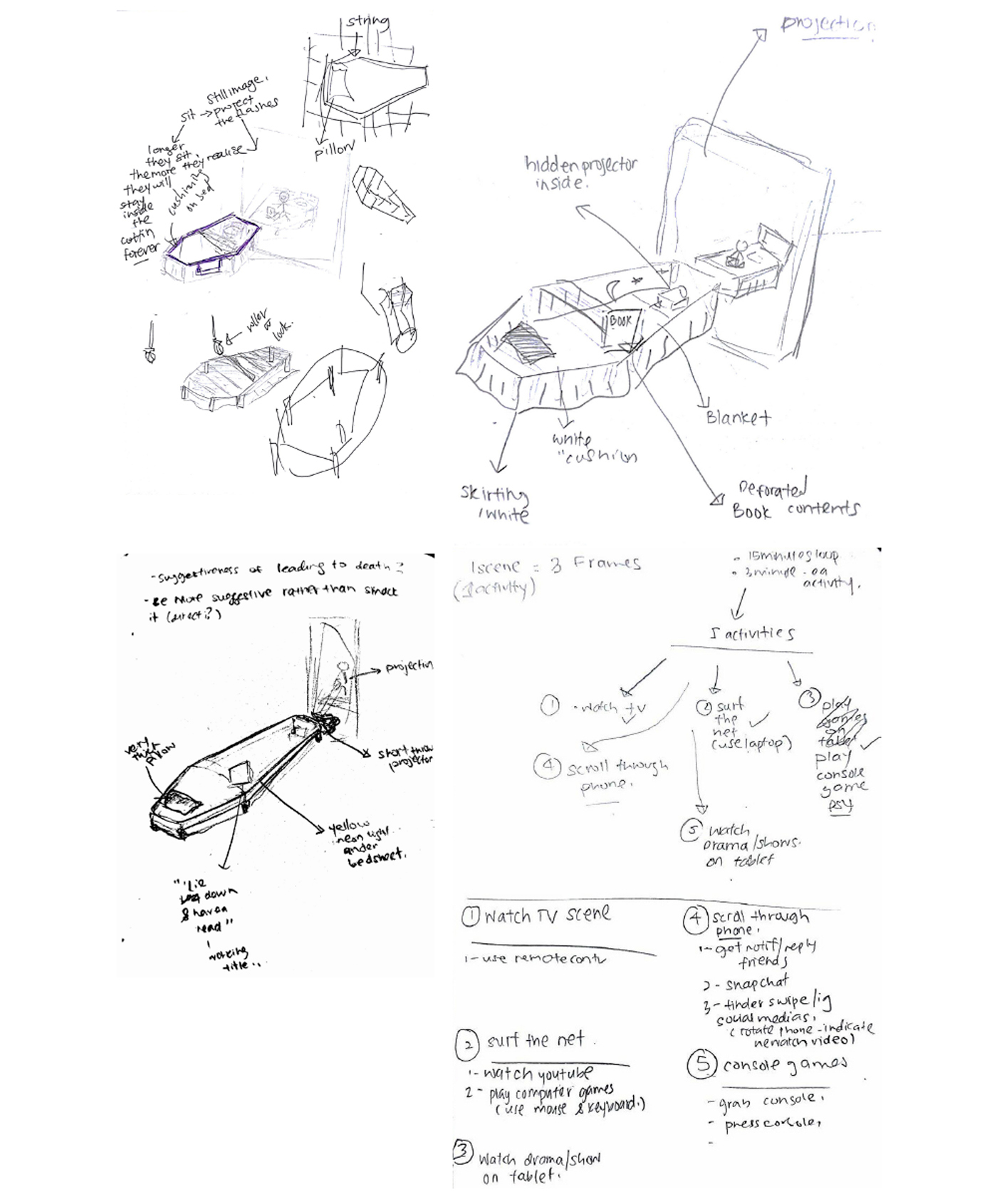
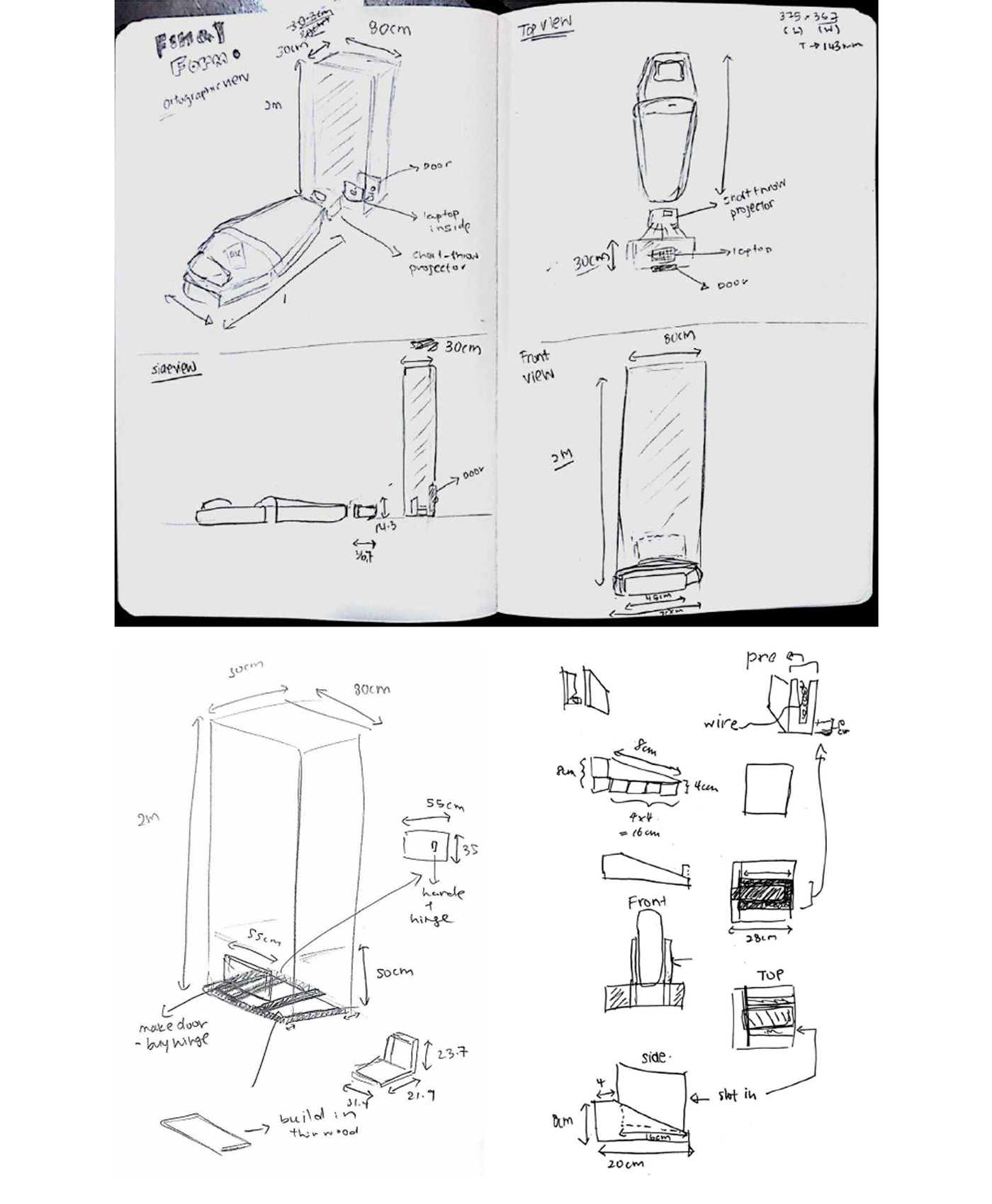
Concept –
What if this person is always on his bed but not sleeping? Doing all sorts of things like binge watching his favourite shows, scrolling through social media or even swerving left and right on a tablet game, instead of what the bed is originally meant for, that is sleeping.
We all know that sleeping is important, but is enjoying your life more important than sleep? If you want to enjoy your life to the fullest, you should be healthy mentally and physically, but sacrificing your sleep to enjoy life for a moment at night will only cause you to have a 15% increased risk in death*.
Thus, we want to use our concept to show you that if you don’t sleep enough, you’ll sleep forever, ending up in the coffin, on your deathbed.
*Reference from Harvard Medical School
"How do people even know our form is a coffin?
What makes you think people would want to go near a coffin?"
These questions were posed to us during our project development and we could not answer them. Thus, we decided to conduct a social experiment.
Coffin is a taboo, something that most people would not even want to think about but if we placed a “makeshift coffin” at a public place, how would people react?

Coffin Taboo Social Experiment –
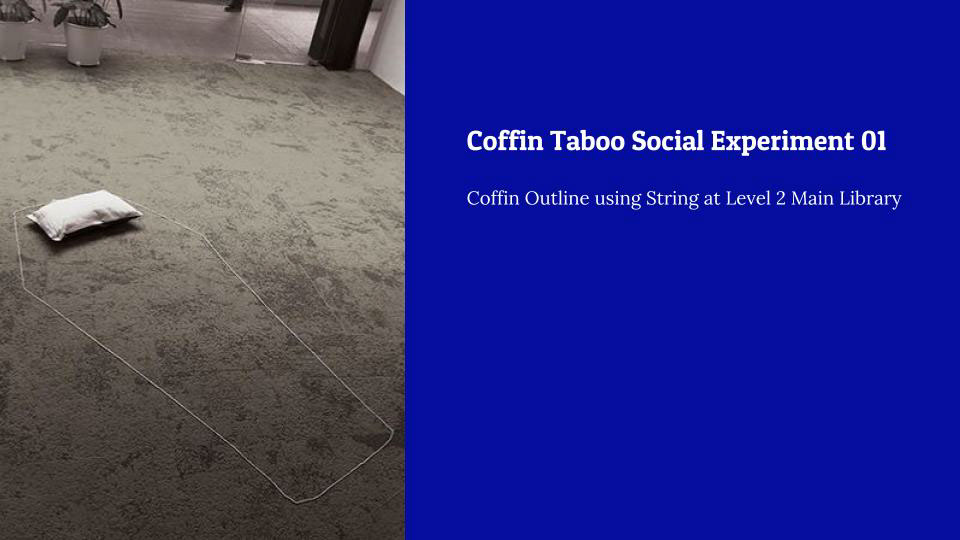
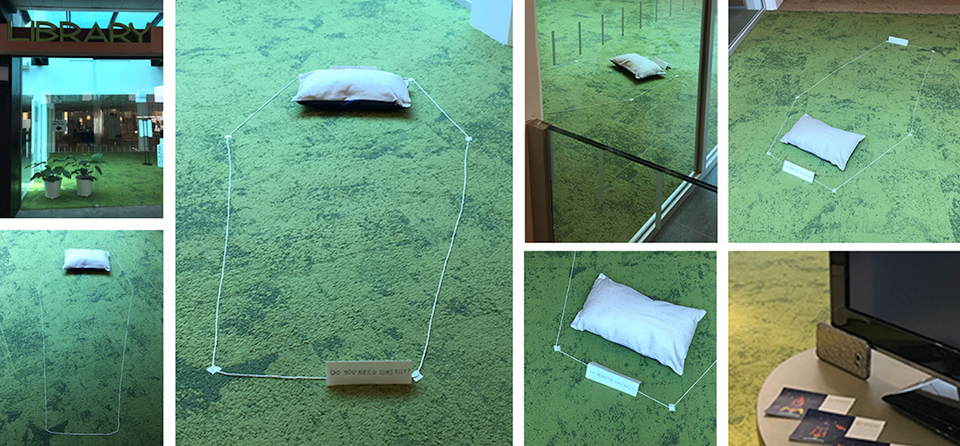
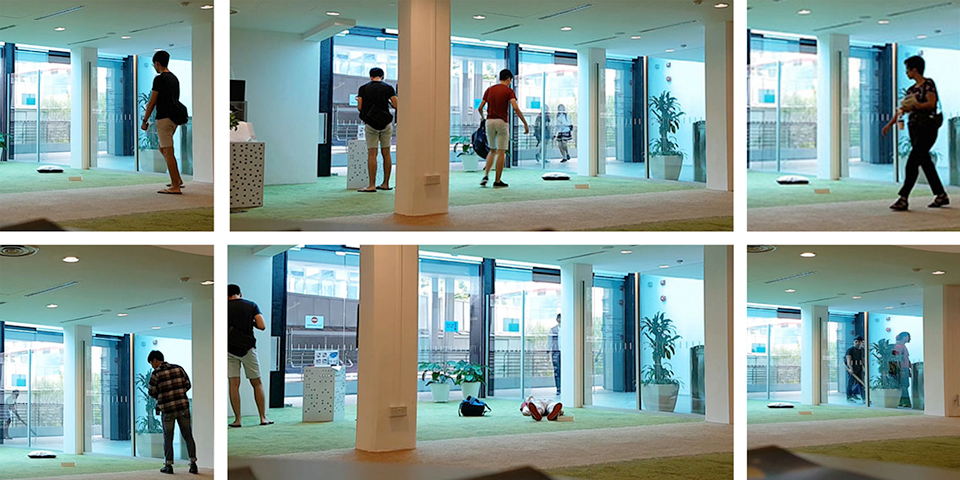
For the first experiment, there was one person who laid down despite hesitating at first. We concluded that out of curiosity, people would still go near a makeshift coffin. Also, people could actually recognise the shape of the coffin even with just a string laid there. This shows that the shape of the coffin itself is already powerful enough that we don’t even have to put a real coffin there.
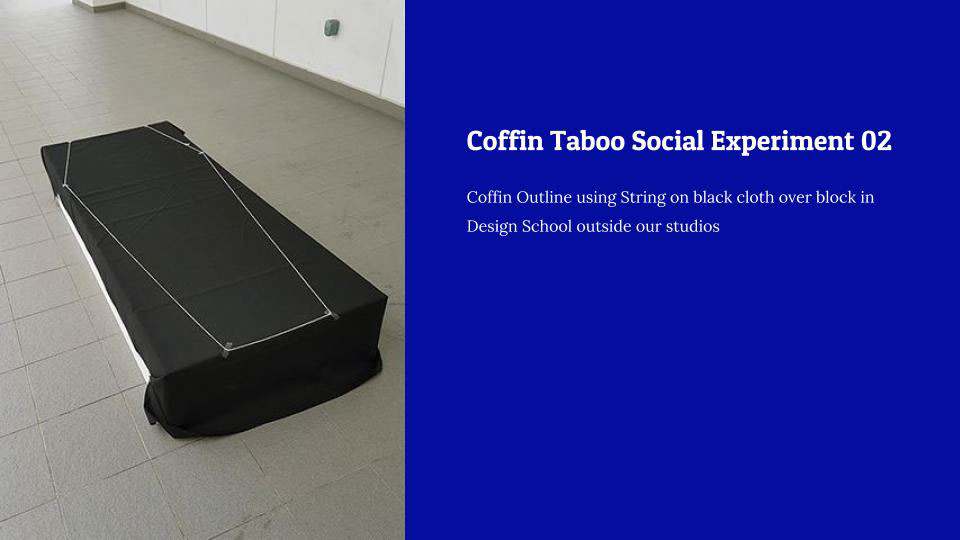
As the first experiment was successful, we wanted to experiment whether different kinds of the coffin form would affect our audience’s reaction to want to lie on it, before confirming our final form.

One insight we gained was that people dare not lie down on a structure because they were scared that it was not stable enough or it would break once they lie on it. Another was that people were 'paiseh' (embarrassed) to even lie down on what they think is a coffin, even though it was just a box with a coffin outline because they find it weird to lie on it.

Through this experiment, we realised that building a structure may not be best to engage people as they feel more reluctant to lie down due to the hardness of the material. Thus, we decided to conduct another experiment by changing the material of the coffin.

This time, we did not put a block, we cut styrofoam boards and put it together into a coffin shape and wrapped it with a black cloth.
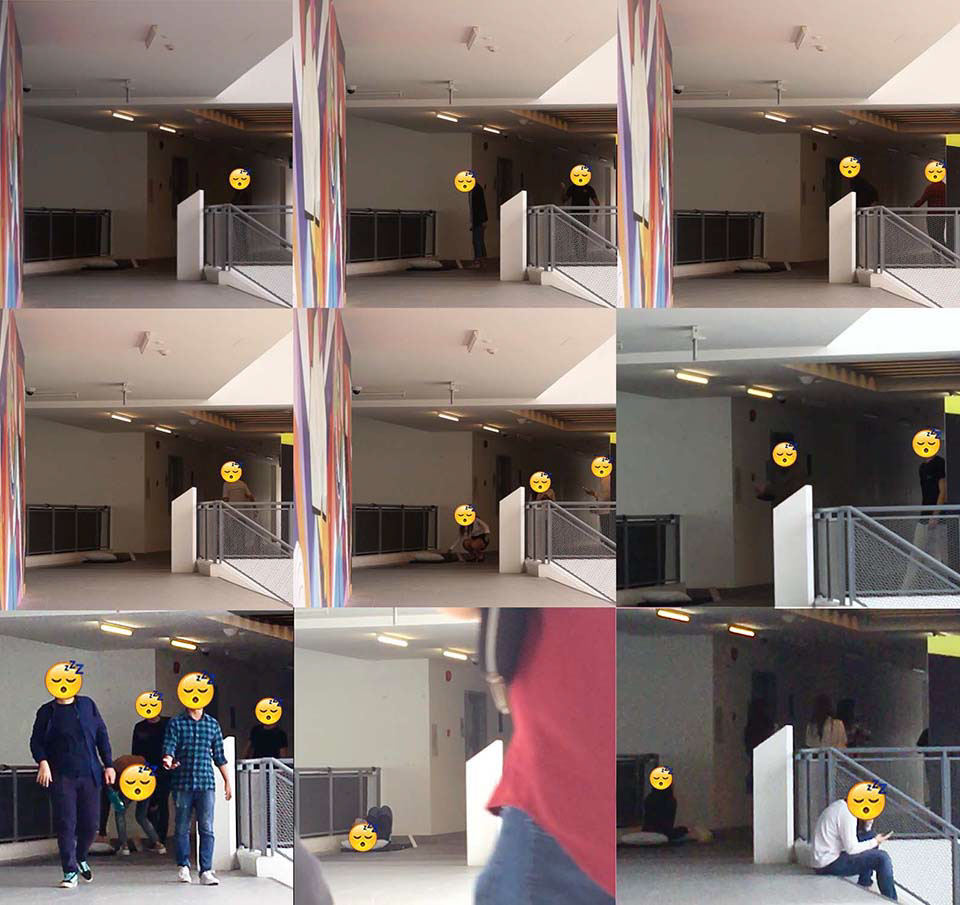
As we observe people taking photos of our artefact, we thought nobody lied down, probably because we overlooked the fact that our artefact was placed in front of the lift, so people may be afraid to lie down in case the lift door suddenly opens.
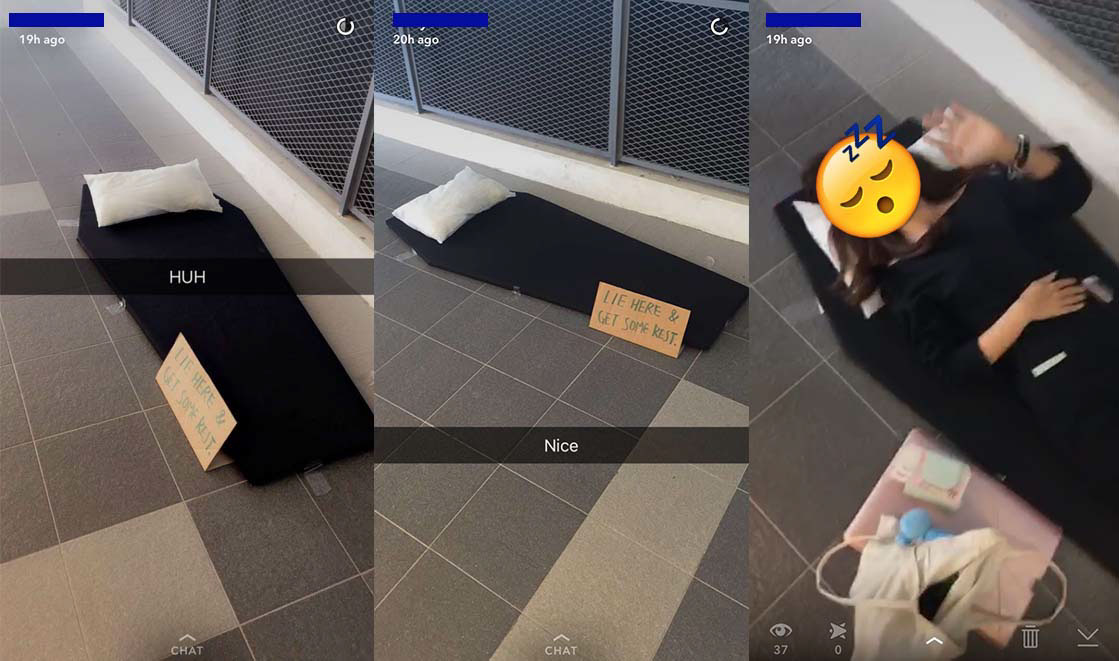
After the experiment which we thought, failed. We actually found out from our junior that her batch mates actually reacted to our social experiment. She even showed us the snaps that her friends took.

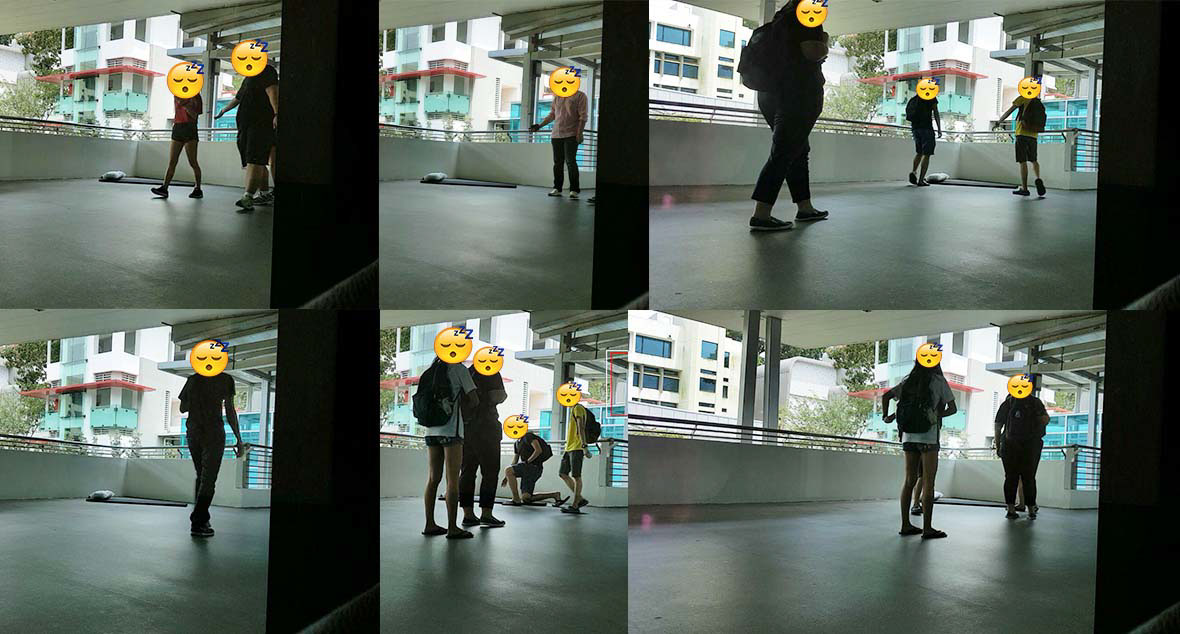
The first thirty minutes, we lay the coffin there but without any instructions. No one dared to lie down but to our surprise, there were actually quite a number of people who knew that it is for them to lie down. Some probed their friends, “You want to lie down?”
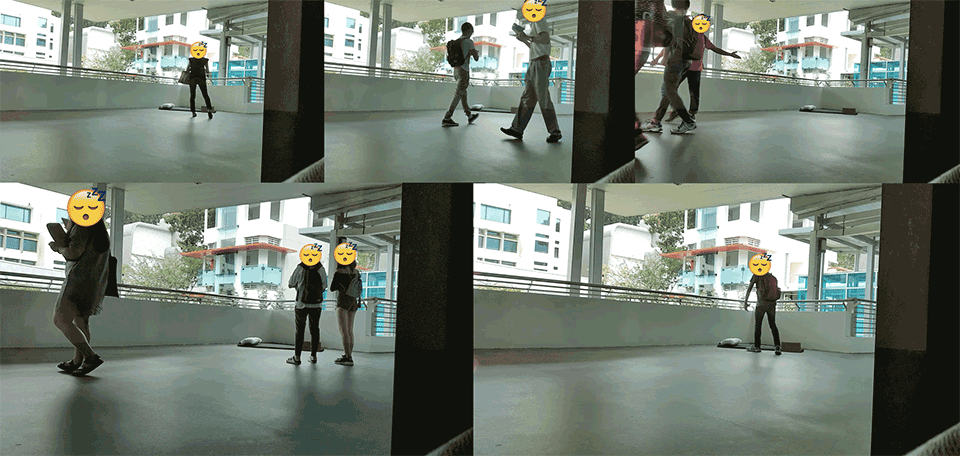
After the first thirty minutes, we added the question, “Do you need some rest?” The reactions were pretty much the same as when we did not place the instruction. People still took photos, stopped to stare at the coffin and even bent down to touch the coffin and the pillow. The only differences was that people tend to read out “Do you need some rest?” and it becomes a question to not only prompt them to want to lie down but a question to prompt their friends to lie down. The question only served as a form of encouragement to trigger people to lie down.
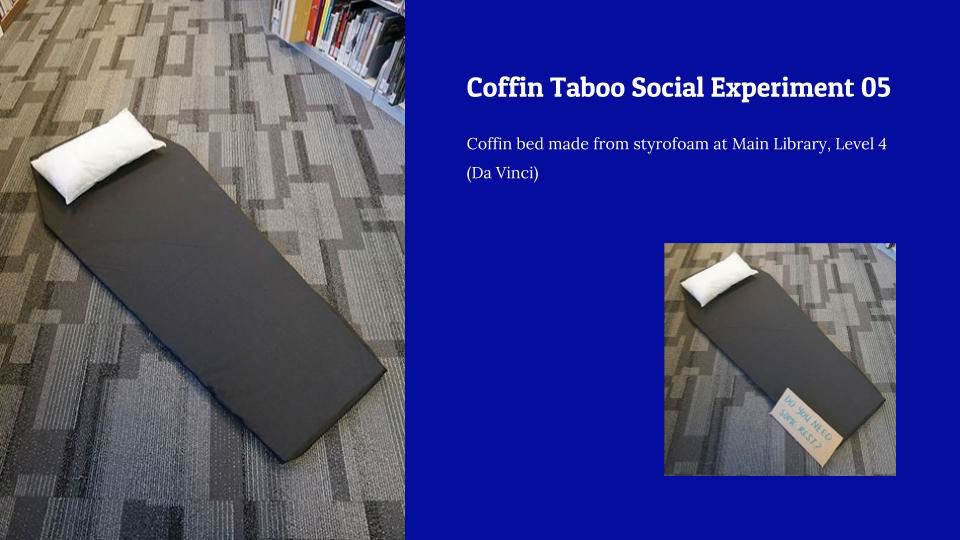
For the final experiment, we wanted to test at the same location as our first, which was at the entrance of Level 2 Main Library, but we could not get the spot so we conducted at level 4, Da Vinci area.
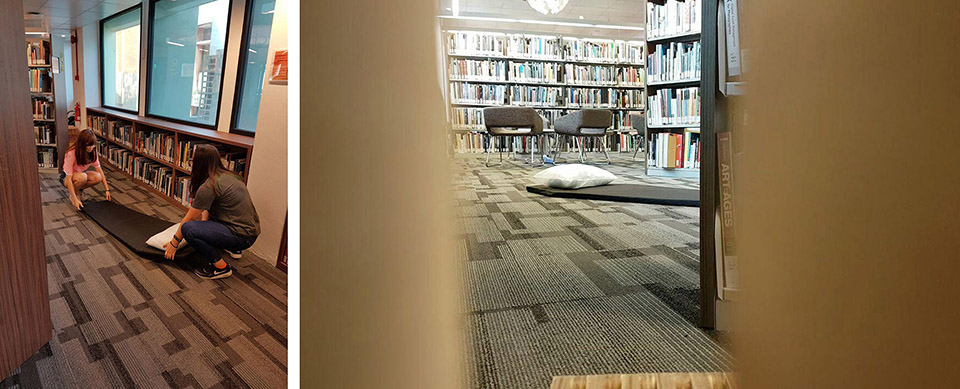
As we did not want to show the people around in the library that the coffin was ours, we got help from our friends to help us set up our coffin at the spot.
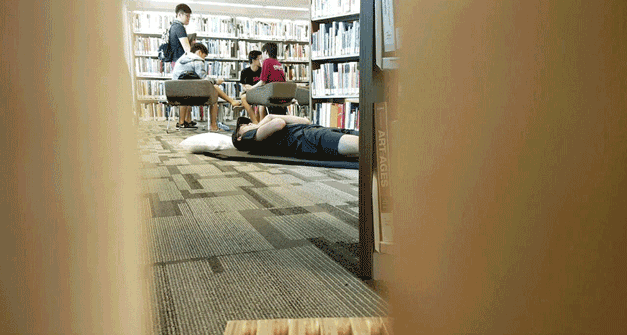
A minute into the experiment, a group of guys sat near the coffin however, they did not notice the coffin straight away. It took them some time, till the first guy noticed the coffin. He was hesitant at first but eventually proceeded to touch it, then lied down. However, he placed the pillow away from the coffin because his friend told him, “Someone might have drooled on the pillow before.” To our surprise, when he finally laid down, his position automatically imitated the posture of a dead person. This helped us understand that when someone is confined to a certain amount of space, he or she would automatically fold arms or even place their hands on their stomach or chest, naturally imitating the posture of a dead man on his deathbed.
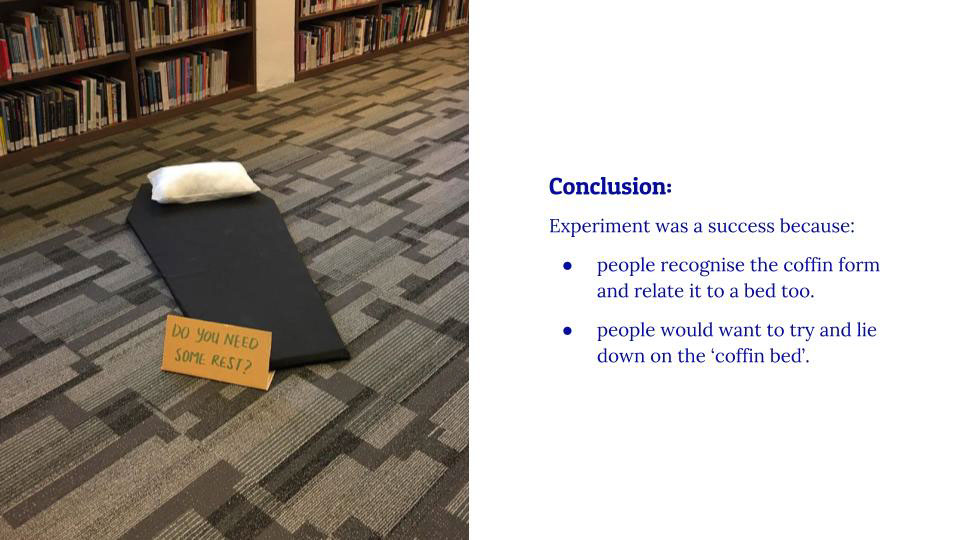
From the 5 coffin bed experiments, we decided it would be best for us to stick to the coffin form in styrofoam as it looks newer, cleaner and less suspicious, compared to the string and block.
For our final form, we reconsidered the thickness of the coffin form, whether it was too low and we were given the suggestion to make it thicker or even softer, by using camping foam mat.
Orthographic Drawing –


Final Artefact –

Our interactive installation at our Graduation Showcase: Unlimited 2017
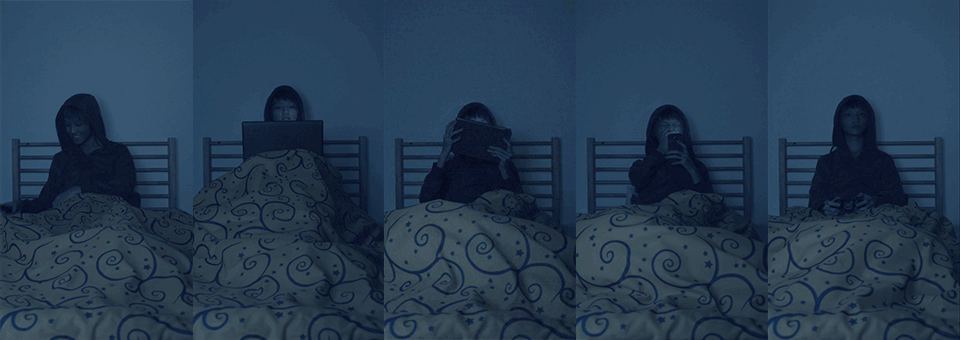
The video projected will feature 5 activities that the cast enjoys doing on his bed, trading sleep for play.
The video will be on loop, as if he continues the cycle of doing these activities even though he is tired and sleep-deprived.
Publication –
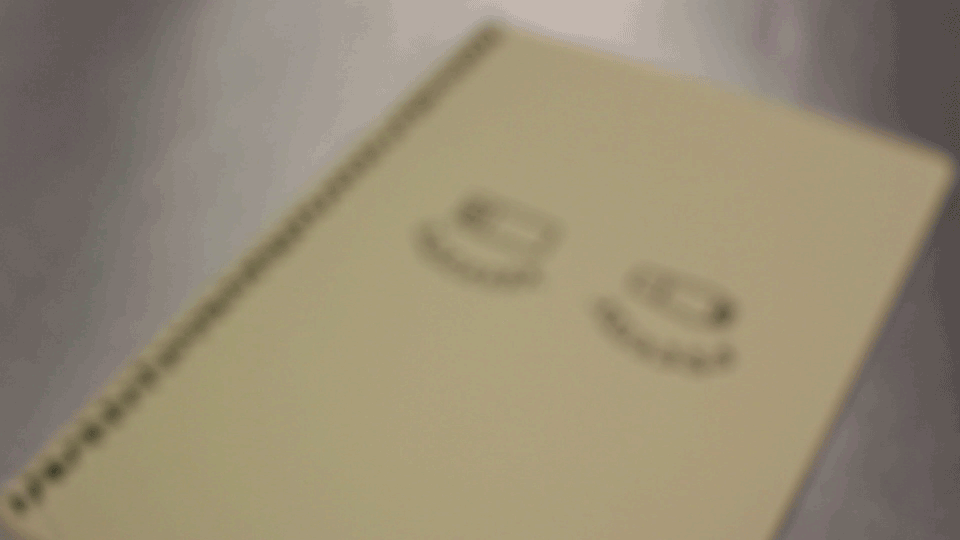
Our publication is not a typical book with a title. We experimented with “zzz”s as it is a universal way of associating sleepiness for our cover design.
We included the real bed and the coffin bed icons to be the eyes of a sleep deprived person and made the "zzz"s as eye bags. The cover page will give our user a hint of what our artefact is about.

Through reading the content, they will be posed questions about events of delaying sleep to enjoy life.
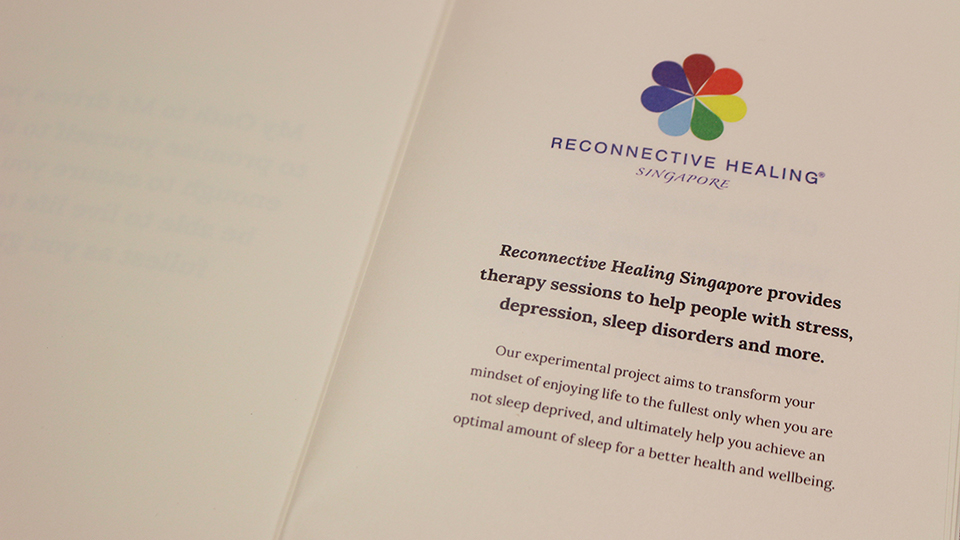
Nearing the end of the book, there will also be the client’s purpose and logo.
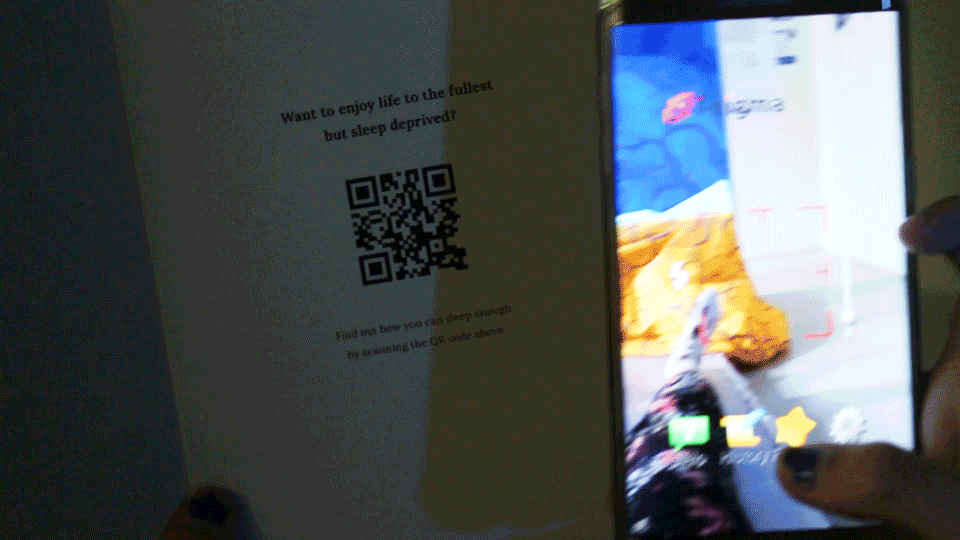
At the end of it, there will be a prompt for them to get to our client’s website, to find out how they can sleep enough.

A question will be posed on the back cover of the book asking them to reflect on which bed they are on now.

Visitors interacting with our installation at our Graduation Showcase: Unlimited 2017.
Case Film –
Song Credits: Friend[Lover] by Evenings,YORE & Memories That You Call (Feat. Moonsoonsiren) by ODEZSA, In Return (Deluxe Edition)
Process Video –
Song Credits: Vibe by Melvv,Vibe

